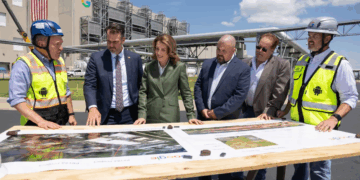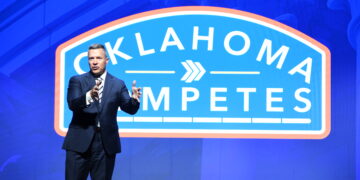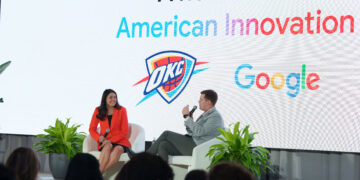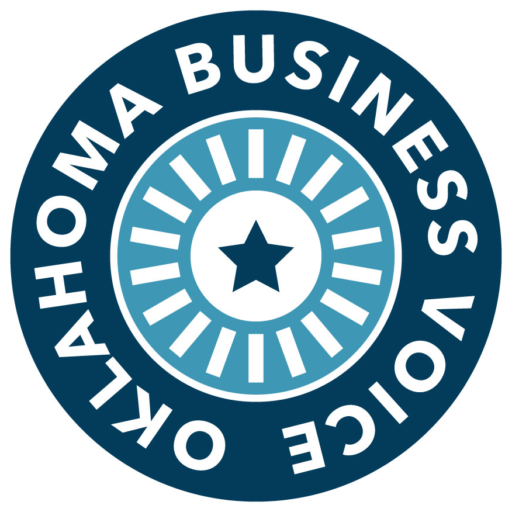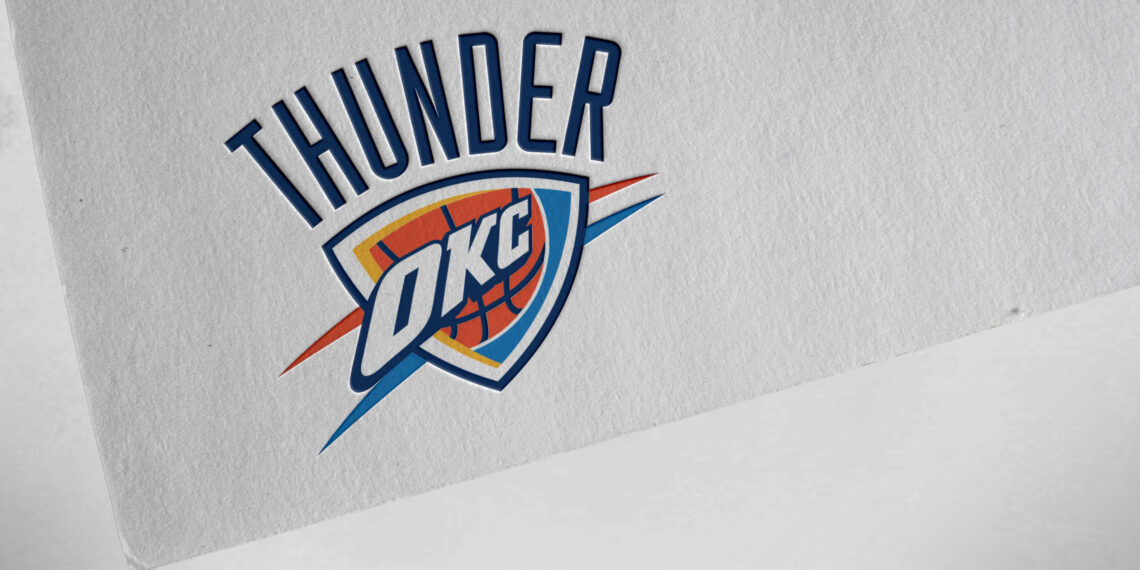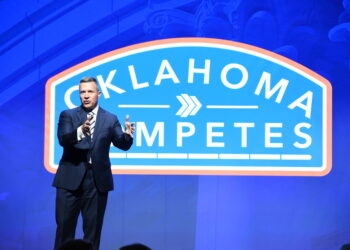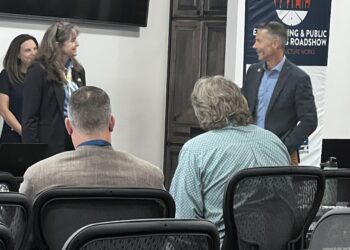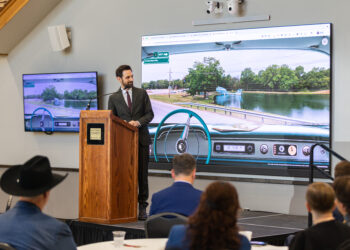OKLAHOMA CITY (OBV) – Oklahoma City voters thundered up at the polls Tuesday, overwhelmingly approving a sales tax to fund a new $900-million arena that will be the home of the OKC Thunder for many years to come.
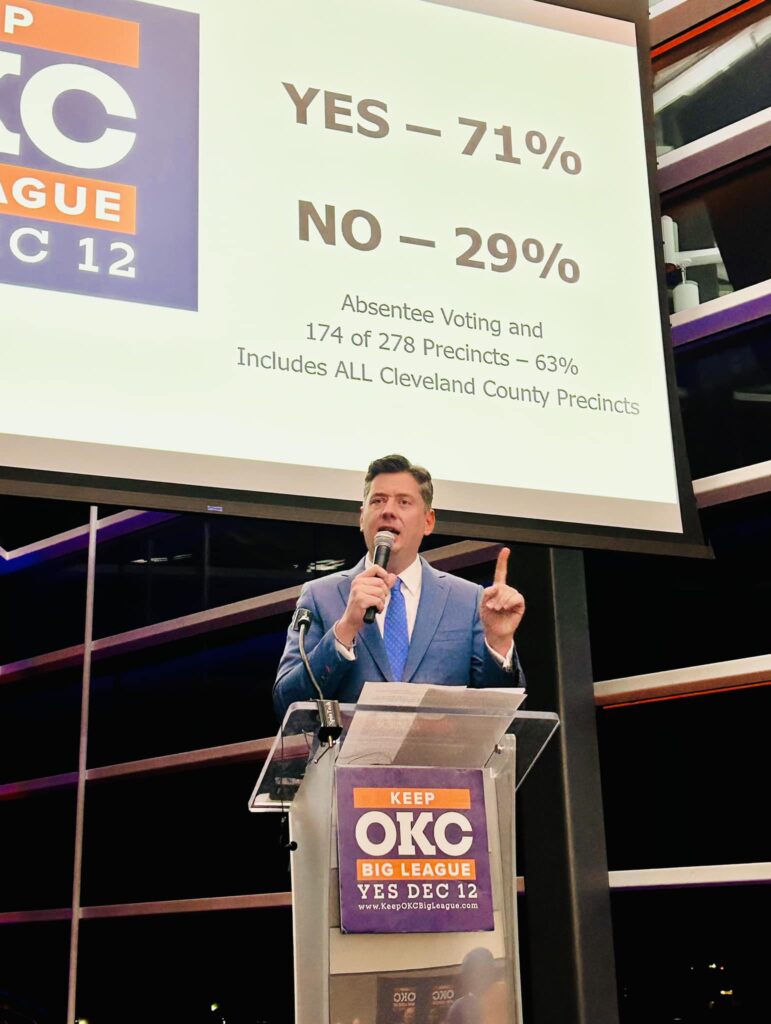
The proposition to fund a new arena passed with 41,129 (71 percent) YES votes and 16,797 (29 percent) NO votes.
The new arena will be funded in part by a 72-month, one-cent sales tax that will start when the MAPS 4 tax ends and will not increase the sales tax rate. MAPS 4 is the latest phase of OKC’s ongoing city revitalization initiative that began with the original MAPS in 1993.
The new arena will keep the Thunder in Oklahoma City beyond 2050.
“Now we can build upon this foundation, knowing that we will be a Big League City for another generation,” said Mayor David Holt, who vigorously championed the new arena, urging residents to vote in support of continuing the sales tax. “My gratitude to the campaign team, the Greater OKC Chamber, the City Councilmembers who supported this, the City Manager and his team, the team at our arena, the coalition partners, the OKC Thunder and the NBA. Most of all, thank you to the voters. The people of OKC won tonight. You get the game ball.”
The arena will also serve as a venue for concerts and other major entertainment events.
Holt and City Manager Craig Freeman presented the arena plan to the City Council in September and requested that the plan be sent to voters for a Dec. 12 election. They also presented a letter of intent signed by Oklahoma City Thunder Chairman Clay Bennett, committing the Thunder to play 25 years in the new arena if voters approve the one-sent sales tax and legal documents are signed. The City Council approved that letter of intent, and Holt cosigned it following the council’s approval.
Bennett released the following statement Tuesday, lauding the vote.
“We are deeply grateful for the confidence and pride our citizens have expressed in the future of our city. We also appreciate Mayor David Holt for his leadership and relentless passion to elevate Oklahoma City at all levels.
With this project we will be doing more than just building a world-class sports and entertainment complex, we will be propelling Oklahoma City toward the next generation. This new home for the Thunder will serve as an iconic centerpiece of our vibrant and modern downtown and continue to represent the values of our city and its people.
As we take the next step in this historic journey, I am particularly grateful and energized by what this means for our city’s young people and the Oklahoma City they will lead and enjoy over the coming decades.”
Clay Bennett
NBA Commission Adam Silver issued a statement praising Oklahoma City residents for backing the new arena.
“A signature of the Oklahoma City Thunder, beyond the team’s success on the floor, has been their deep connection to their fans and their community. This vote for a new arena is another example of that bond,” Silver said. “We are grateful to the people of Oklahoma City for the confidence they have shown in both the Thunder and the NBA as we embark on a new era of global sports and entertainment.”
The new arena will be at least 750,000 square feet. However, the arena’s exact location and the number of seats it will have has not yet been determined, according to Kristy Yager, director of public information for the City of Oklahoma City.
The team’s ownership group agreed in the letter of intent to contribute $50 million toward the arena’s cost. The city will use $70 million in MAPS 4 funding for the arena. The arena is expected to cost at least $900 million.
The plan is for the new arena to be completed and ready to go by the 2029-2030 NBA season, if not sooner.
The City Council also adopted a resolution directing Freeman to arrange with the new arena operator to use workforce intermediary programs to recruit, train and hire Oklahoma City residents who are in most need of jobs. The resolution requires the new arena operator to pay part-time and full-time employees a wage equal to what City of Oklahoma City employees earn for similar work. It also establishes a working group to study and evaluate the use of labor peace agreements at the new arena.
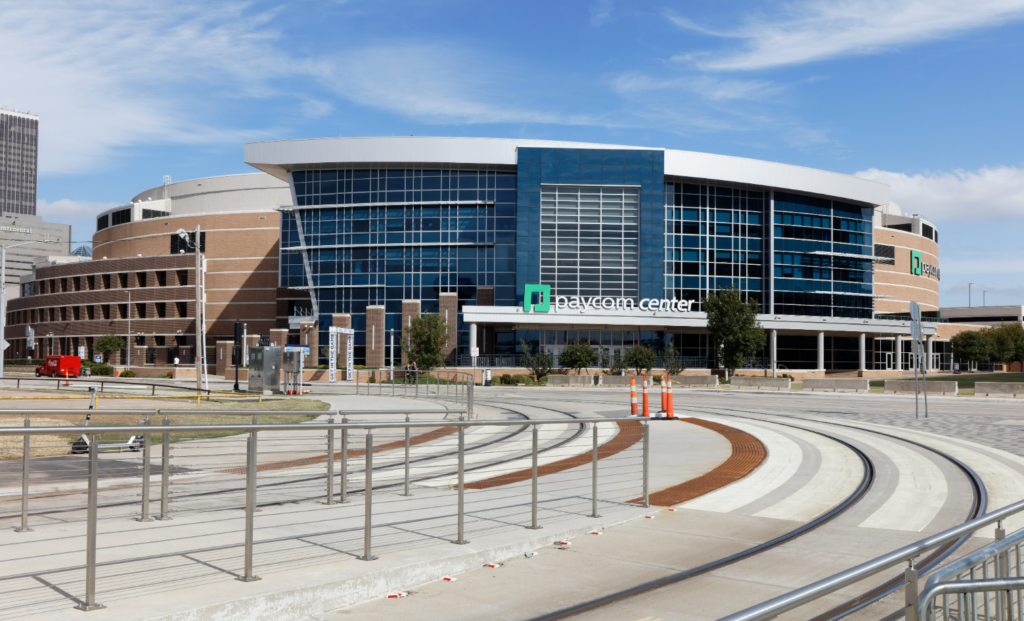
The Paycom Center is Oklahoma City’s current arena. The MAPS sales tax initiative funded the $89.2 million arena, which was initially referred to as the MAPS Sports Arena. It opened in June 2002 with a new name, the Ford Center. The name was changed to Chesapeake Energy Arena in July 2011, and then to the Paycom Center in July 2021.
The Thunder and various entertainment attractions at the Paycom Center have been a boon to Oklahoma City’s economy and workforce.
Economic impact studies cited by city officials state that the Thunder has an annual economic impact of $600 million and 3,000 jobs.
Oklahoma City has grown from the nation’s 31st largest city to its 20th largest city, and its GDP has risen 62 percent since the Thunder came to OKC in 2008.
The Thunder generated $55.8 million in direct spending in the pre-COVID 2018 calendar year, according to Greater Oklahoma City Chamber data.
Thunder games attract droves of fans from OKC and out of town, which brings large revenue to businesses in the city. In-town game attendees spend an average of $75 per game in gameday-related expenses, and Thunder fans from out of town spend $237 per game on expenses that include food, lodging, fuel and retail, Greater OKC Chamber data shows.
The current arena is 581,000 square feet, the smallest in the NBA by square footage. It seats only 18,203 people for NBA games. It was originally designed to meet National Hockey League requirements. It is also the second-cheapest arena in the NBA, having received a total investment of around $200 million – far less than the most recently built NBA arenas, the Chase Center in San Francisco, which opened in 2019 and cost $1.4 billion to build, and 2018’s $524-million Fiserve Forum in Milwaukee.
Building a new arena is vital to meeting the needs of an elite NBA team, which is necessary to keep the Thunder in Oklahoma City, as well as ensuring top concert and entertainment attractions come to OKC, city officials said.
“The Paycom Center is not capable of securing a long-term lease with an NBA team. Meanwhile, there are U.S. markets larger than Oklahoma City that don’t have an NBA team, some of which already have or are planning an NBA-ready arena,” city officials said. “Also, without a new arena, it will prove more and more difficult for Oklahoma City to retain and attract new major concerts, family shows, and other similar events.”


